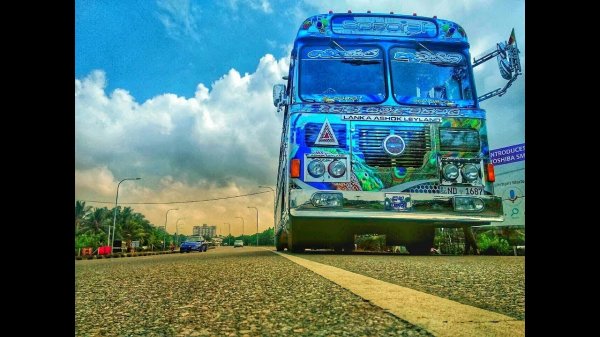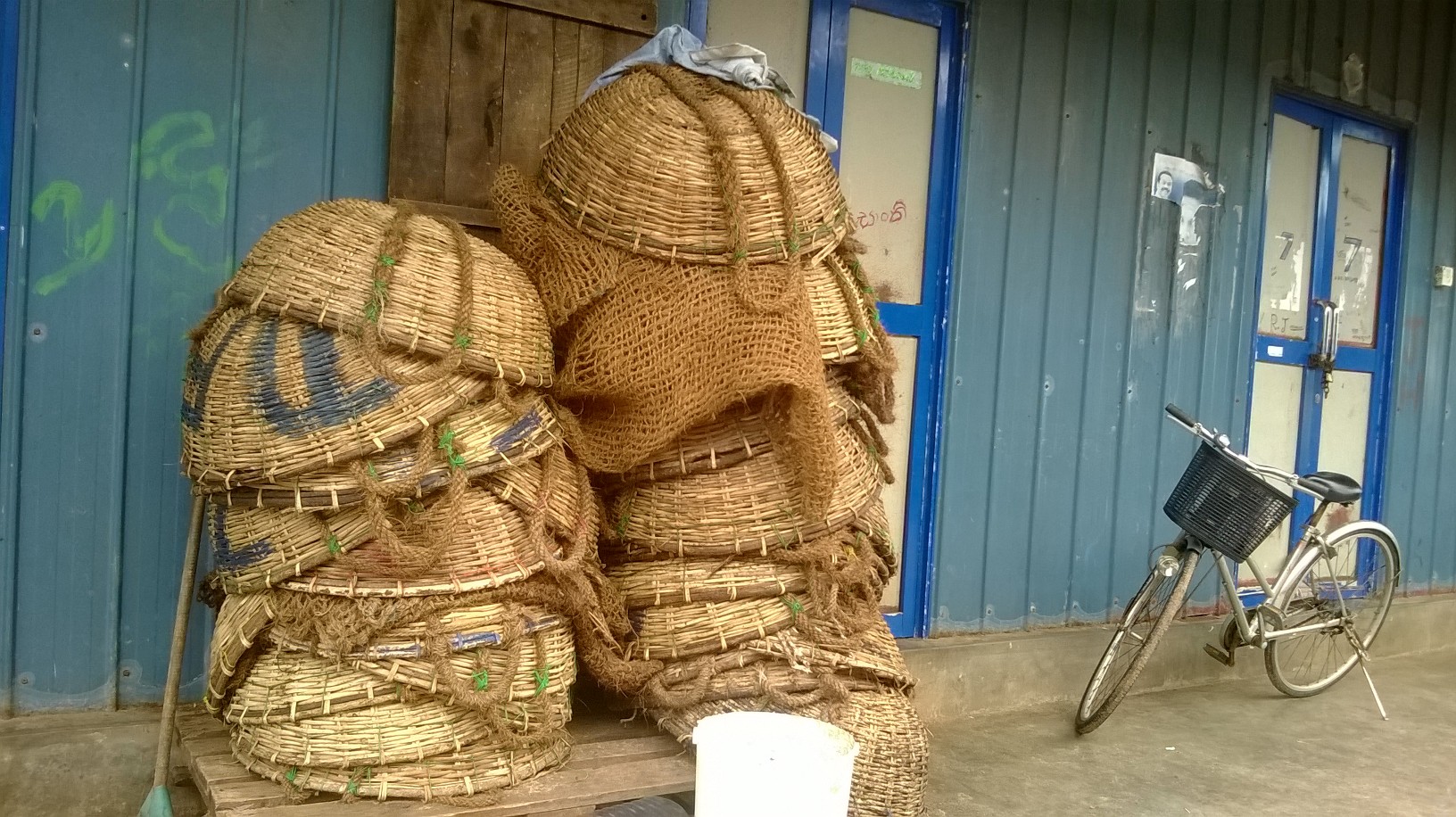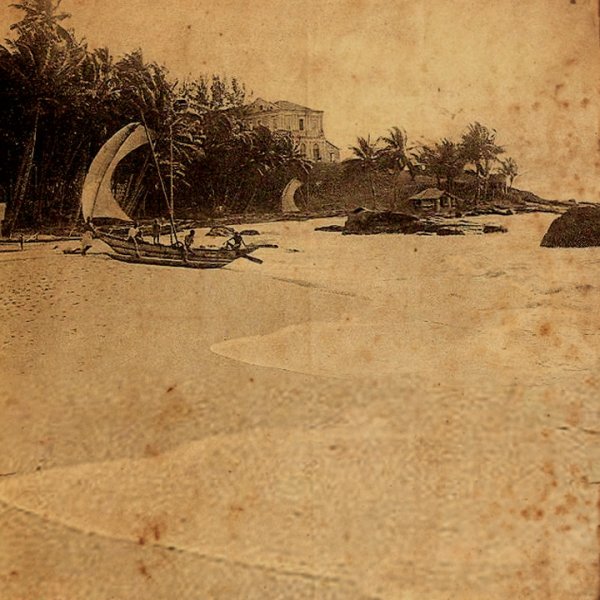
Colombo, as we see it today, is all shiny and new. The vertiginous skyline, sparkling new malls, and numerous high rises are designed to play a vital part in establishing the city’s aspirational aesthetics — one of upscale modernity. Reality however, is quite different; over 50% of the city’s population lives in ‘shanties, slums, or dilapidated housing schemes.’
In an attempt to change this, the Urban Development Authority (UDA) has been relocating some of these underserved communities over the last few years — mostly to low-income flats such as those in Wanatamulla, Dematagoda, and Sahaspura. Each of these communities had developed organically, and had its own unique history. Take Slave Island for example, the neighbourhood’s history was shaped by a close-knit community of Malays descended from Ceylon’s colonial era. Today, the community has dispersed and the area’s historic architecture is all but gone.
The reasoning behind the drive to beautify the city is to ‘transform Colombo into a world recognised city with a clean and pleasing environment’. In practice, what this translates to is that spaces previously occupied by underserved communities are rapidly being reconstructed. A prime example for this is the demolition of Castle Hotel, a landmark of Slave Island.
However, there are pockets of communities who continue to live in some of the city’s forgotten places — such as on the edge of railway tracks.
We visited Wanatamulla, where as many as a hundred homes have been built next to a railway line. With plans underway to expand the track from Baseline station to Nugegoda, these residents are due to be relocated soon. While some of the residents seemed enthusiastic about moving to brick-and-mortar homes, others were on the fence.
This photo essay is an attempt to document one of Colombo’s oldest neighbourhoods before it disappears.
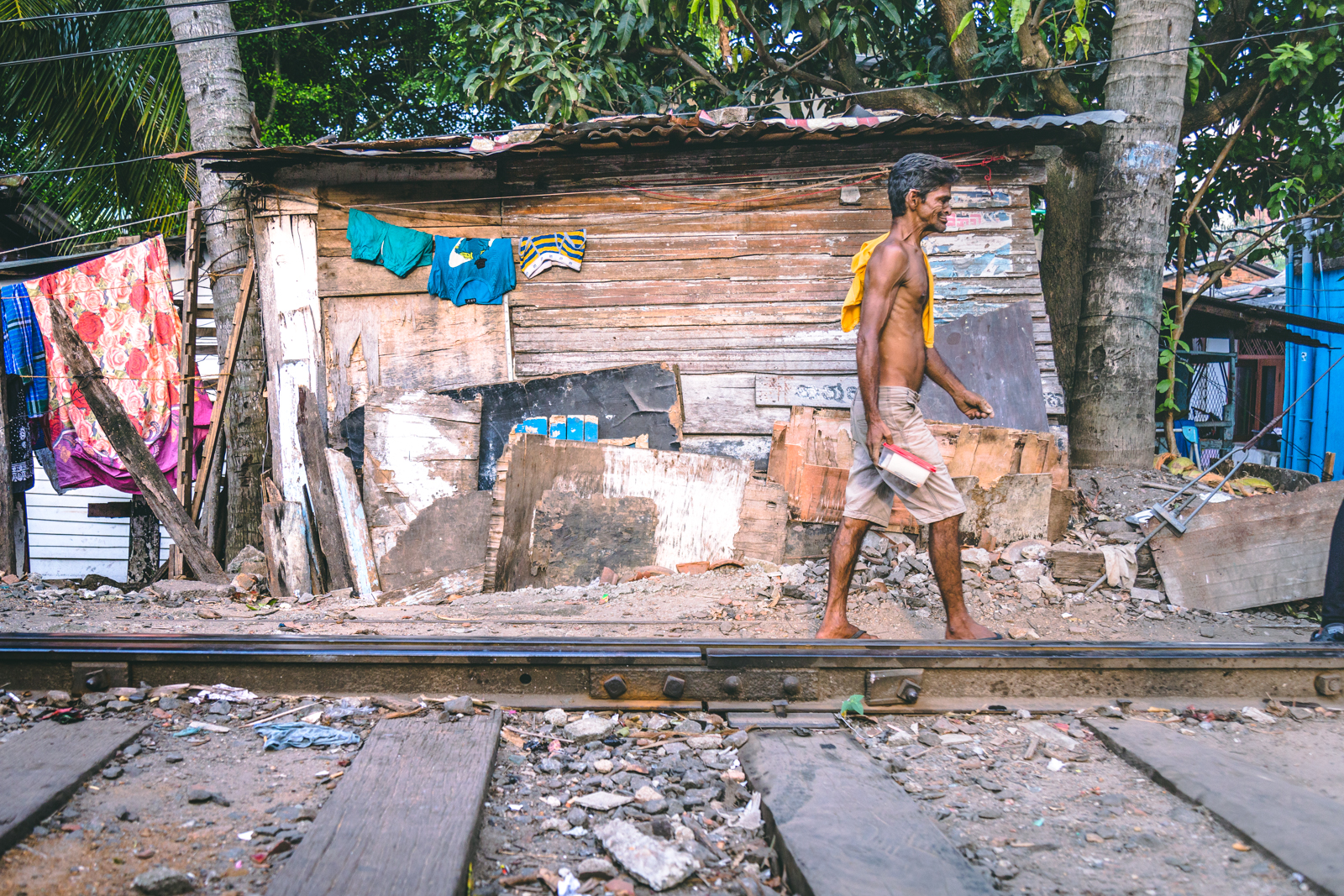
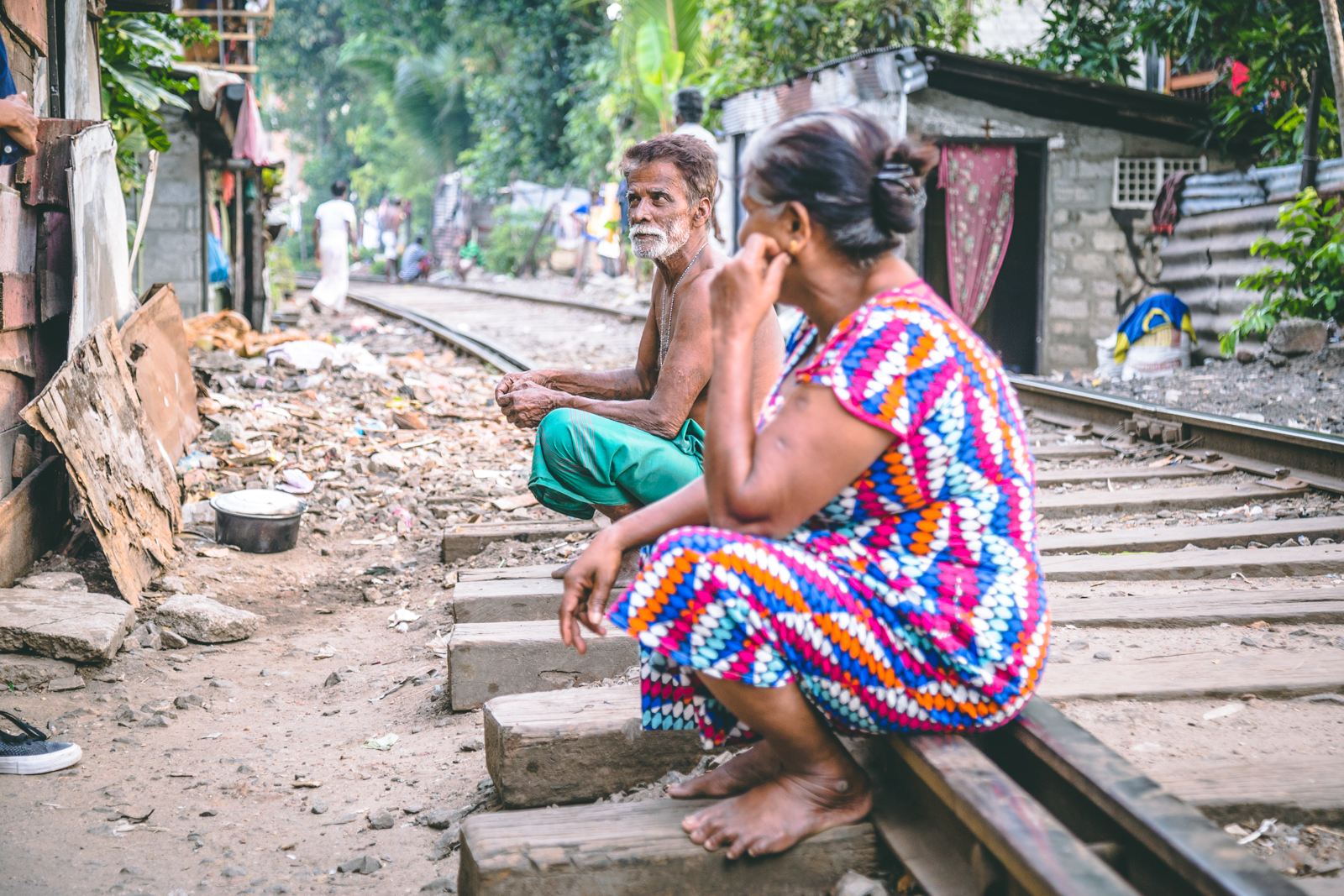
For most of the residents in the area, the railroad doubles as a space for casual evening chats.Well-attuned to the sounds of oncoming trains, and knowing the schedule by heart, they simply move aside when they feel the first rumble.
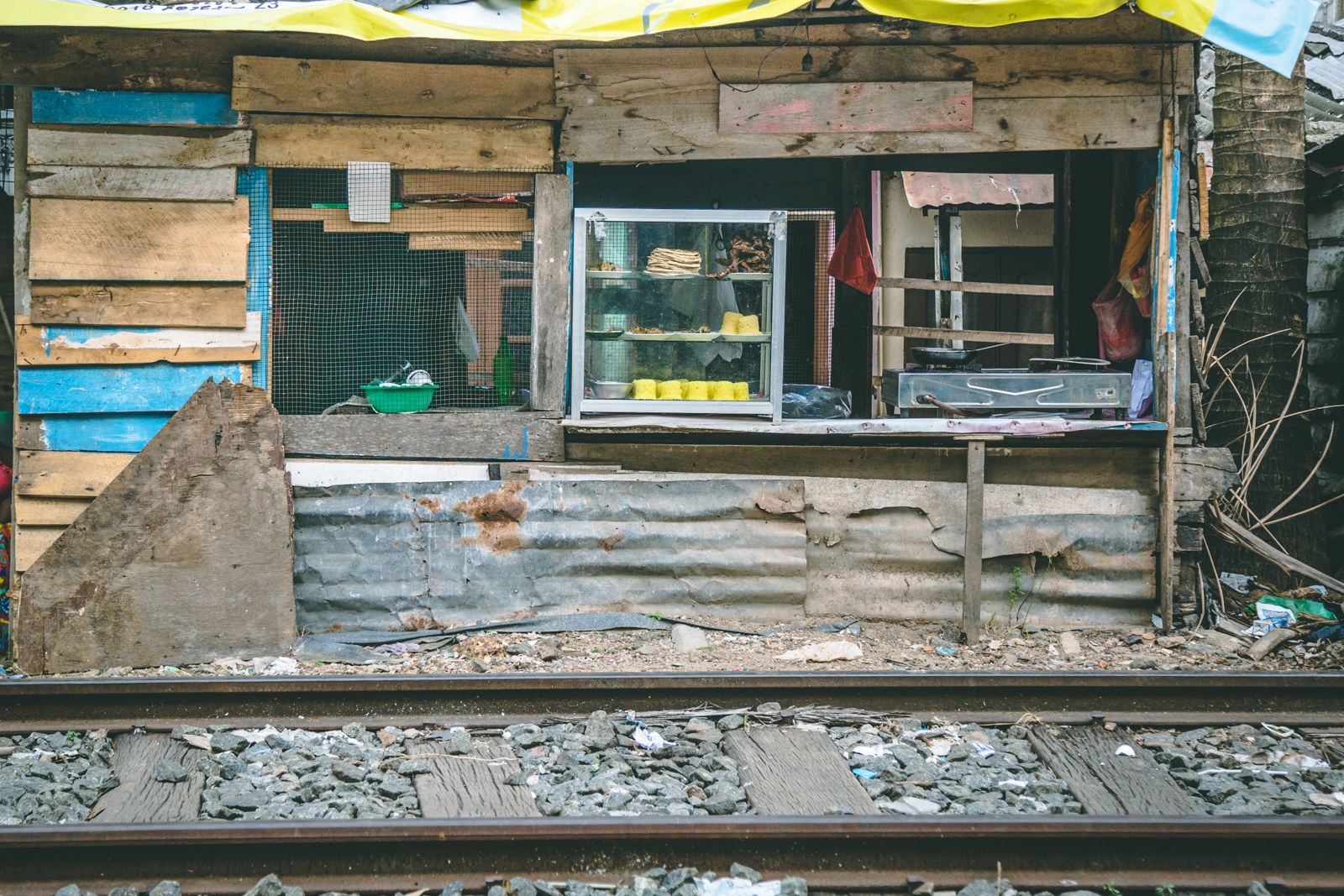

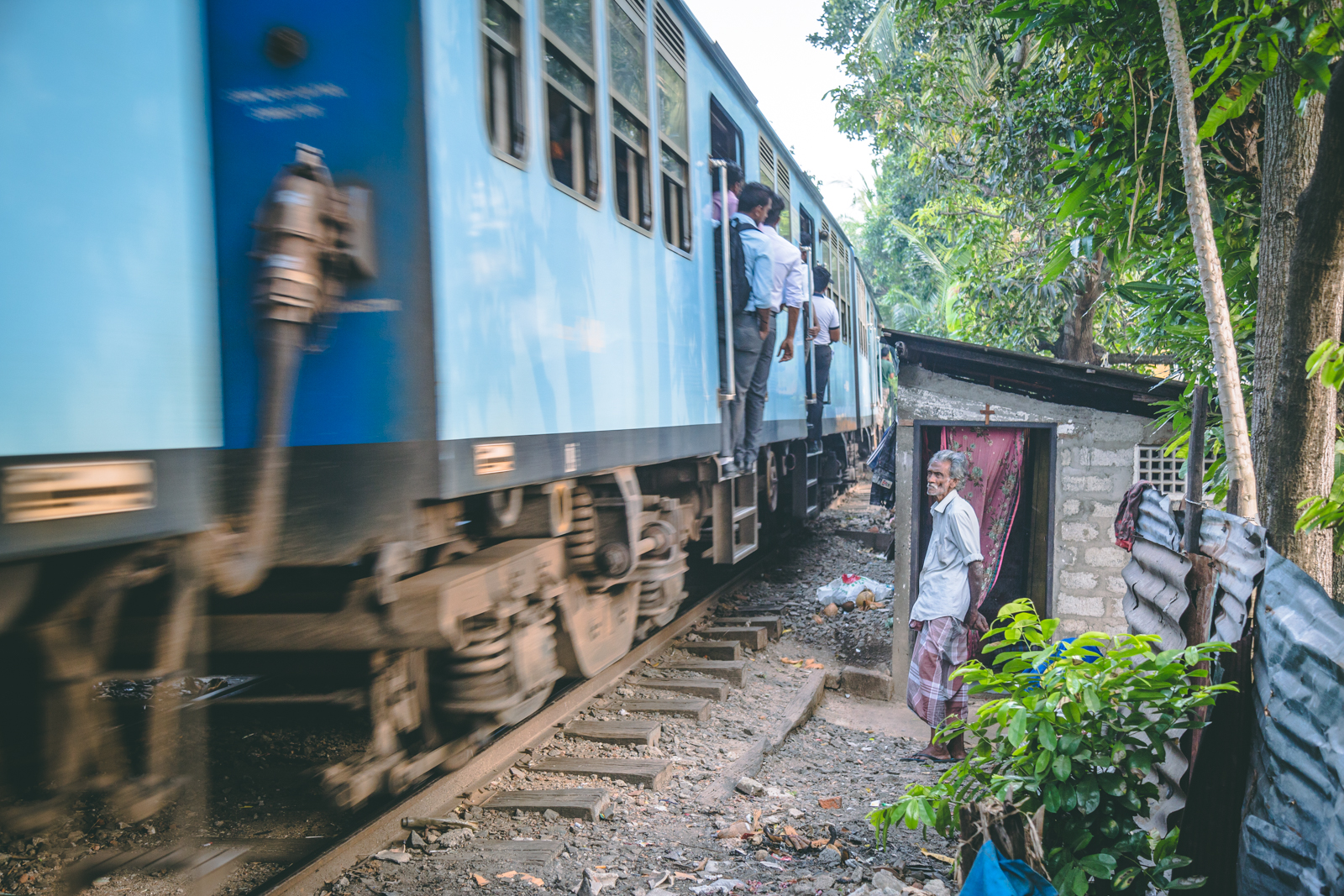
An elderly man idly watches as a packed commuter train whizzes by in the evening. The homes running parallel to the lines, located just an arm’s length away, are a normal sight for the passengers as well.
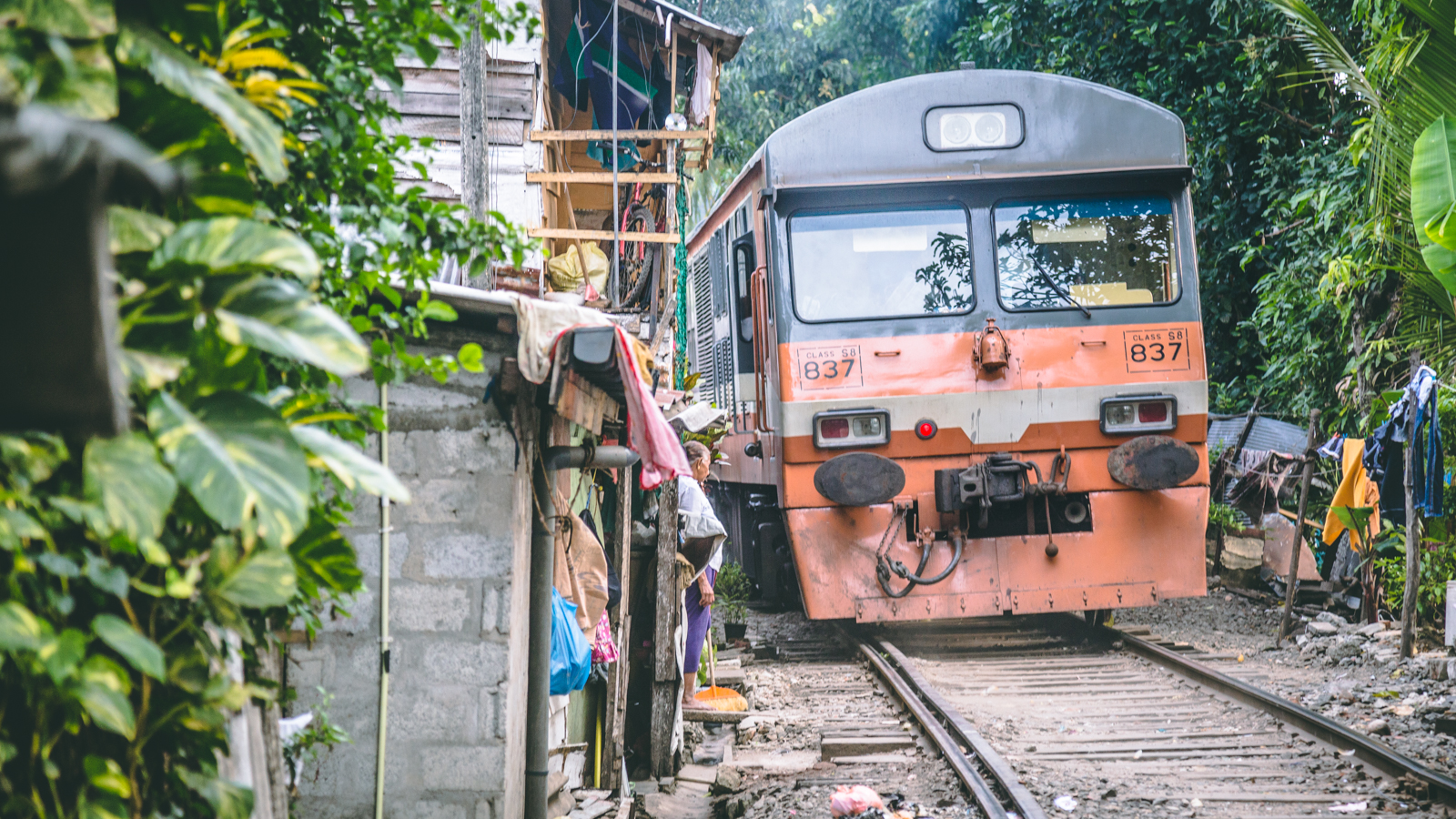
At peak hours, multiple trains pass through Wanatamulla every day.

Many residents we spoke to were not sorry about leaving their homes. On the contrary, they were happy to be given fully-constructed houses, and saw it as an opportunity for their children to lead better lives. Extremely practical about the move, they told us that no one would complain about losing wooden shanties and getting a bitthi-simenthi [brick and mortar] home instead.

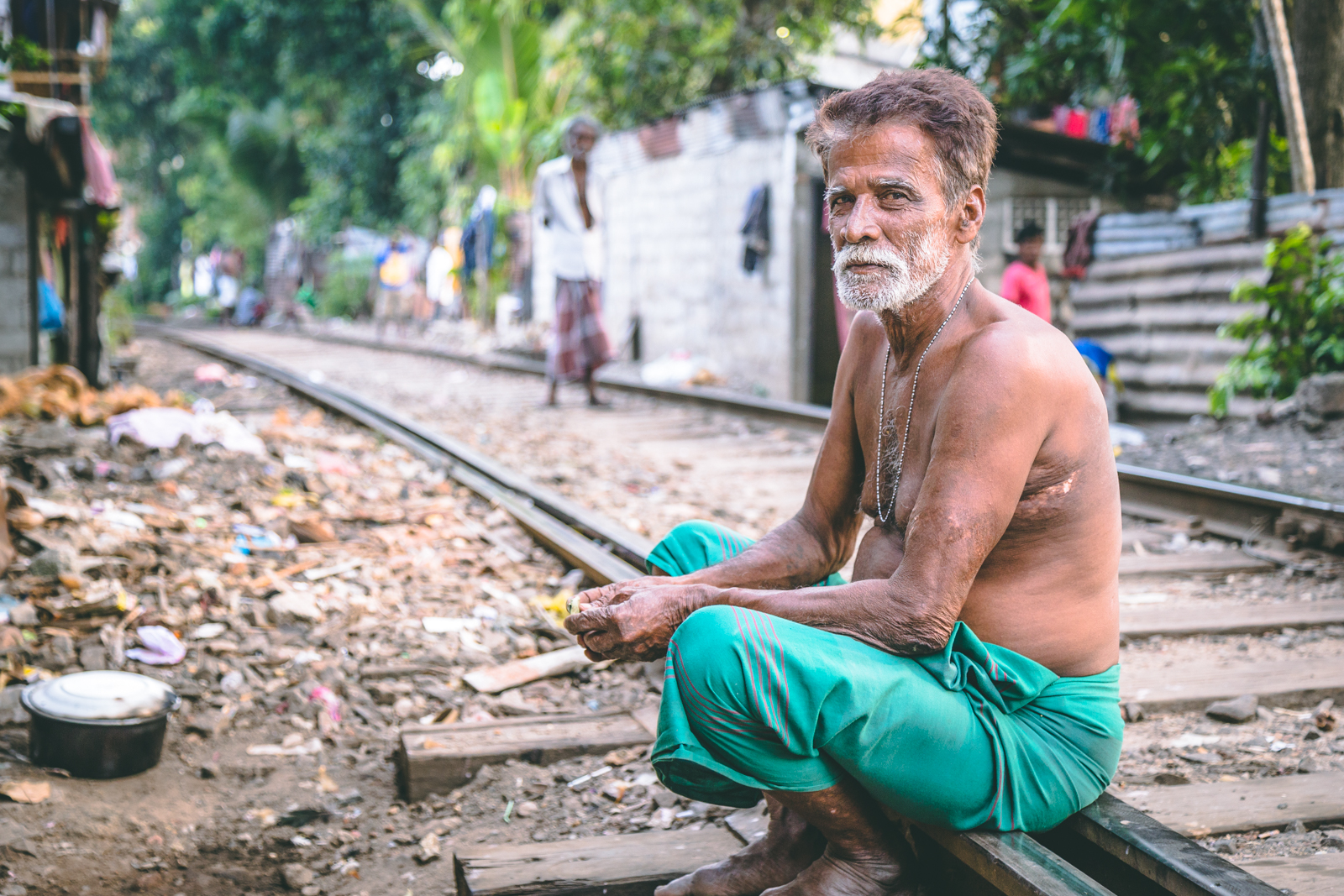

Accidents and deaths are common occurrences. While human deaths—often suicides—happen every few months, those of fowls and domestic animals occur more often.

This hut is rented out by 32-year-old Dulaj Susantha, who lives in it with his wife and two children. The small space is barely enough for their shared mattress, which stands up against one end when it is not in use. Dulaj is one of the few people unhappy about the relocation — because he has nowhere else to go. “The owners of this home will be given a new home because this is theirs, but tenants who are on rent won’t get anything.” He said he works ‘in buses’, but did not want to mention in what capacity. The owners of this hut live at the opposite end of Wanatamulla, in another shanty.
Photo Credits: Roar Media / Nazly Ahmed
Residents who will lose their homes here have been promised that they will be relocated to a new housing unit in the vicinity, near the Maligawatta Samantha Hall. You can read more about the lives of families who were relocated to housing schemes, here.


